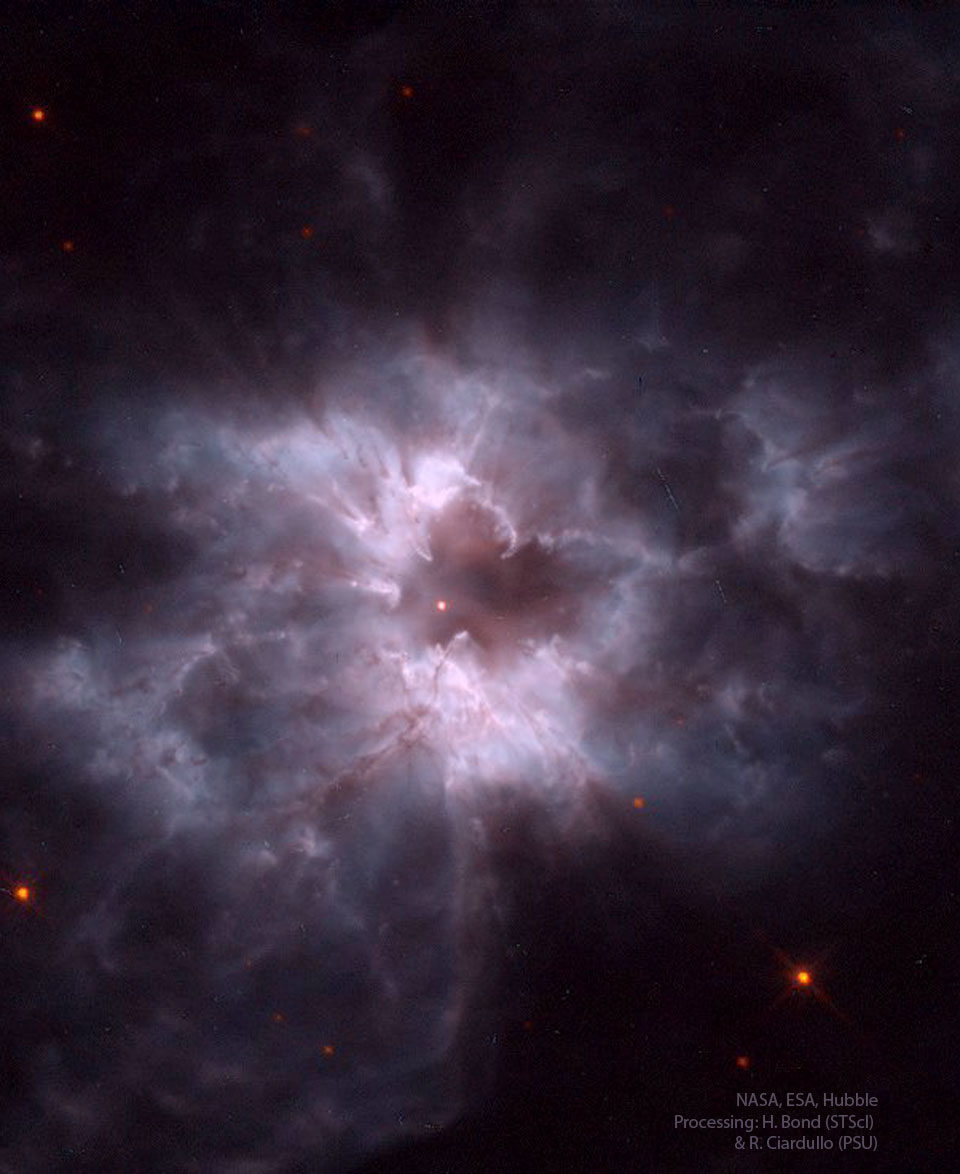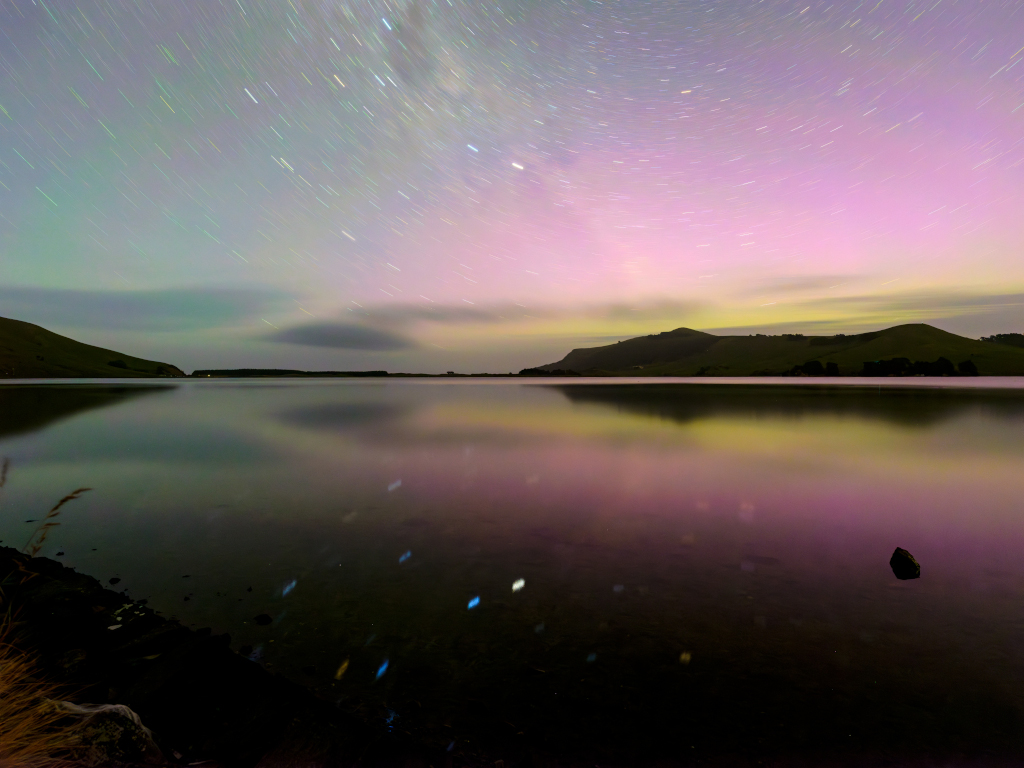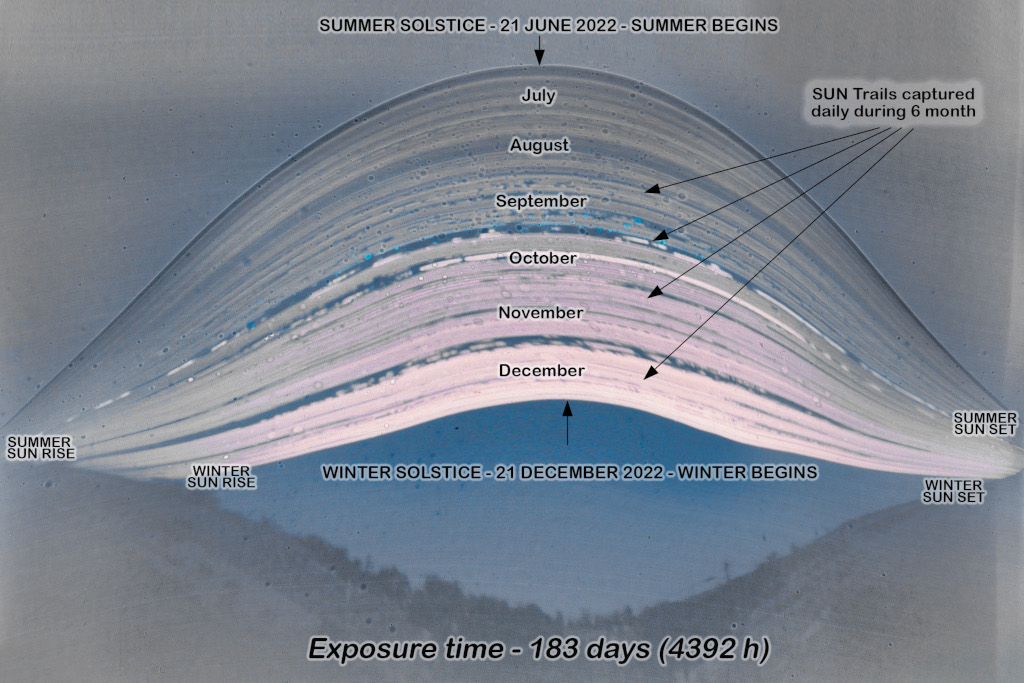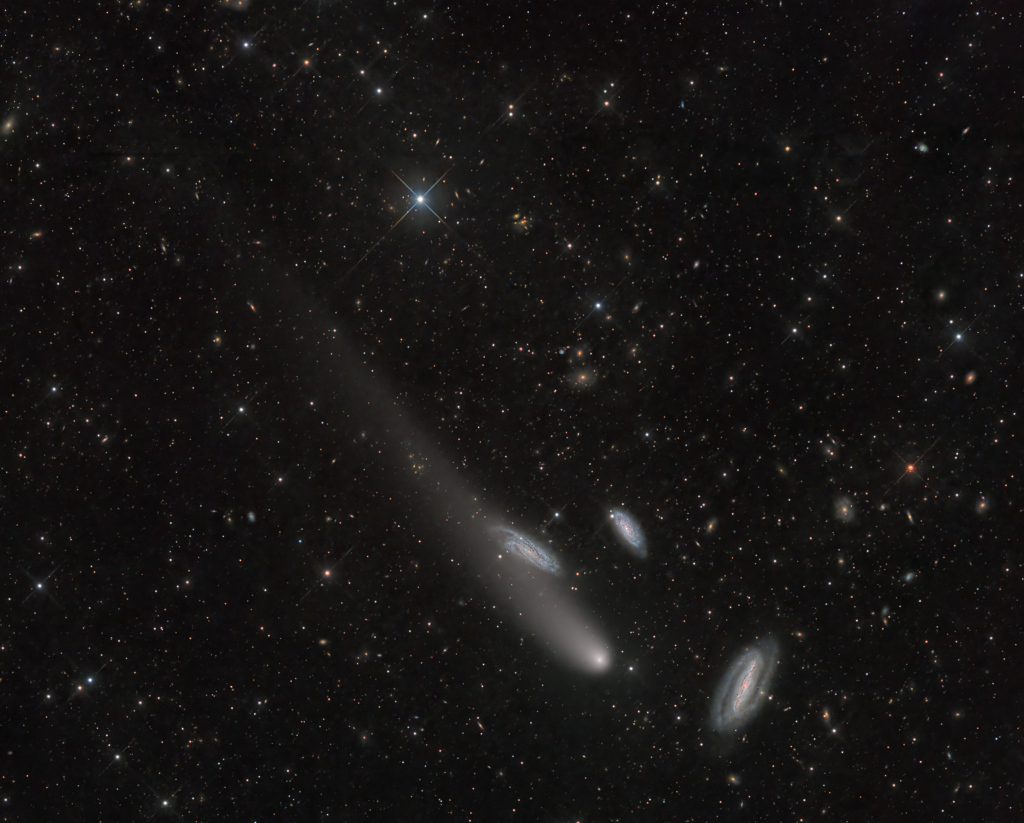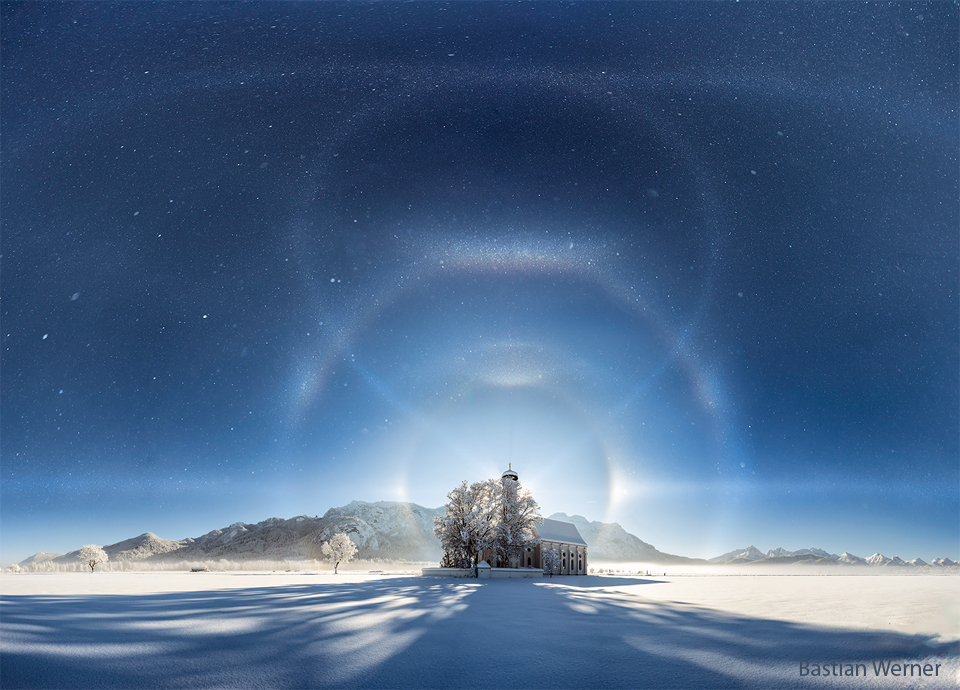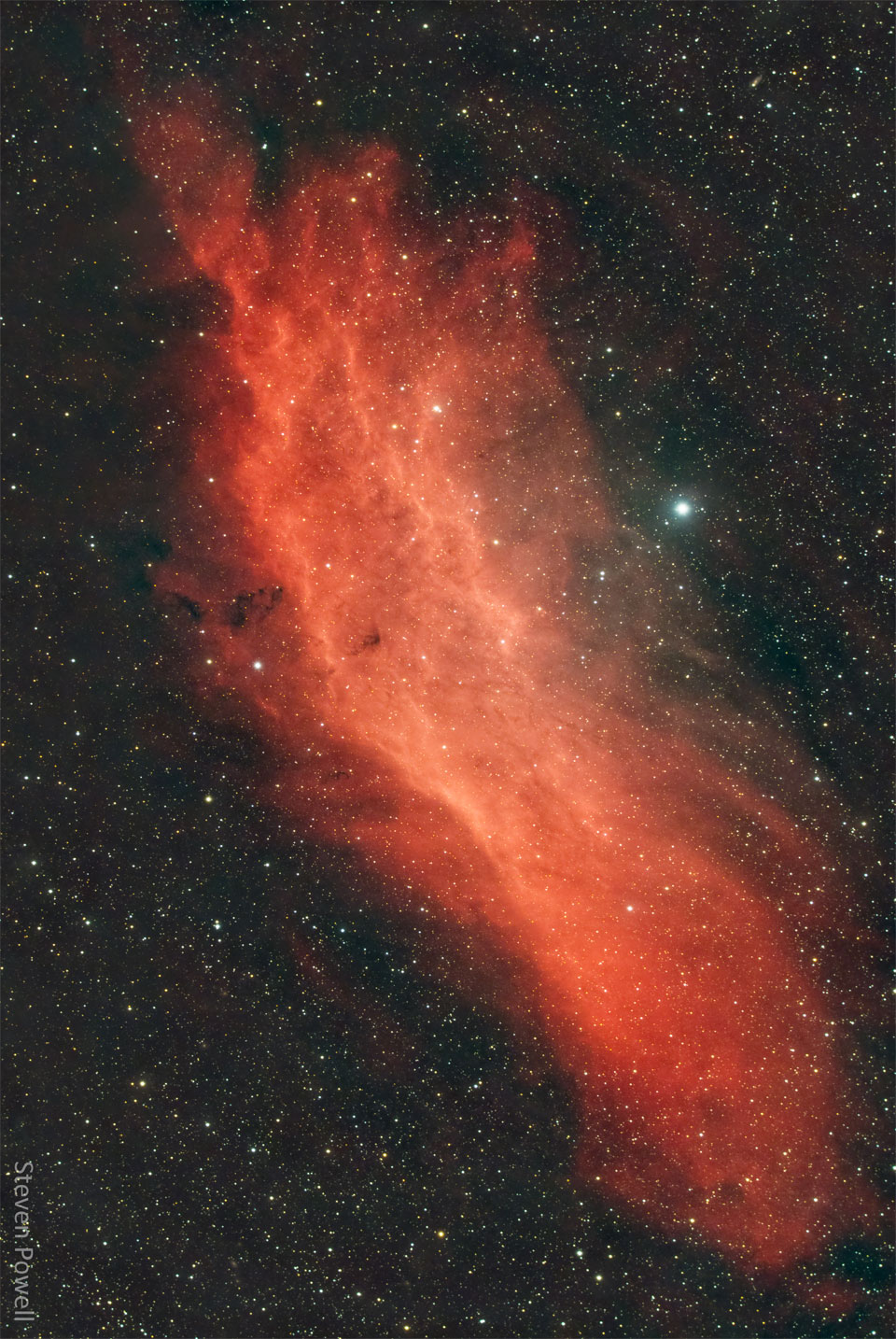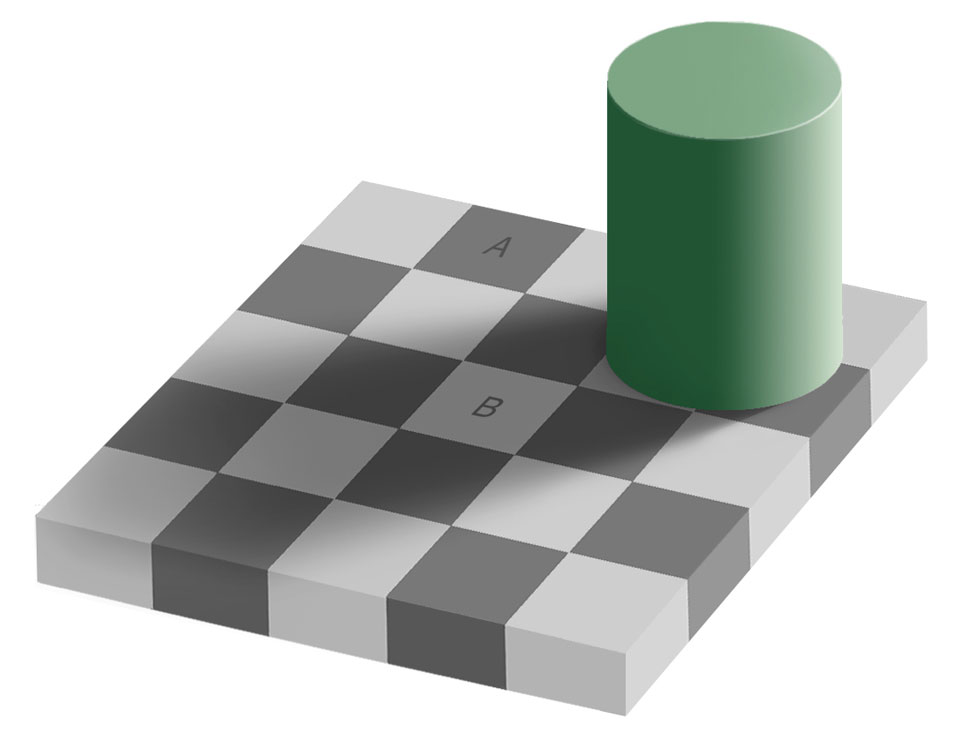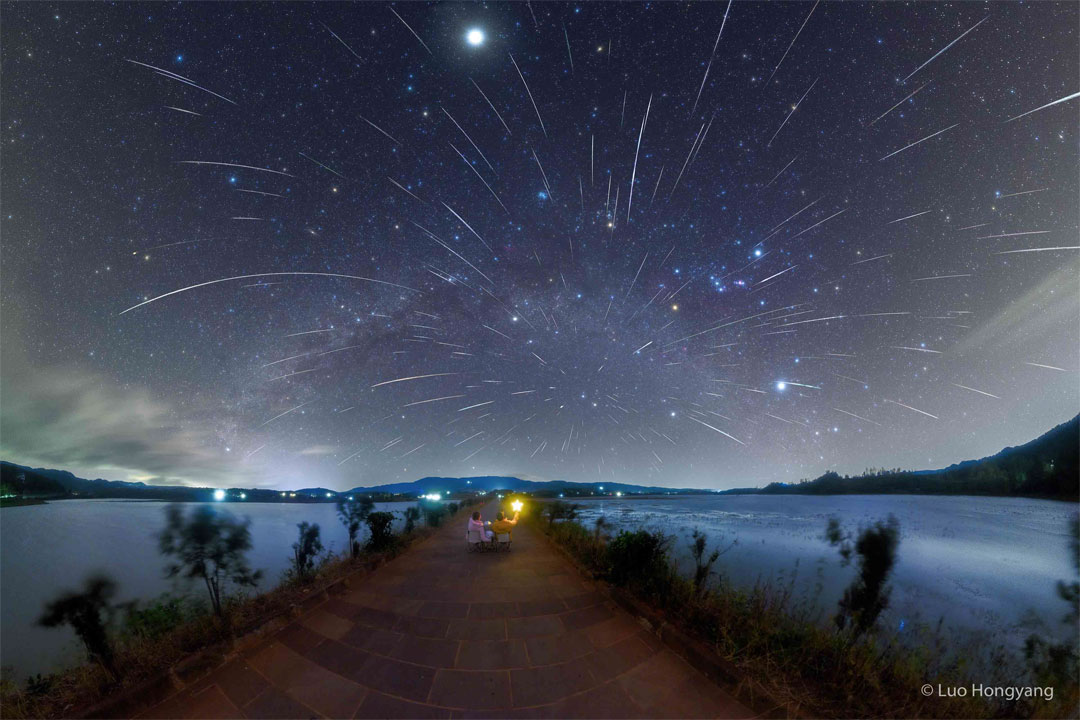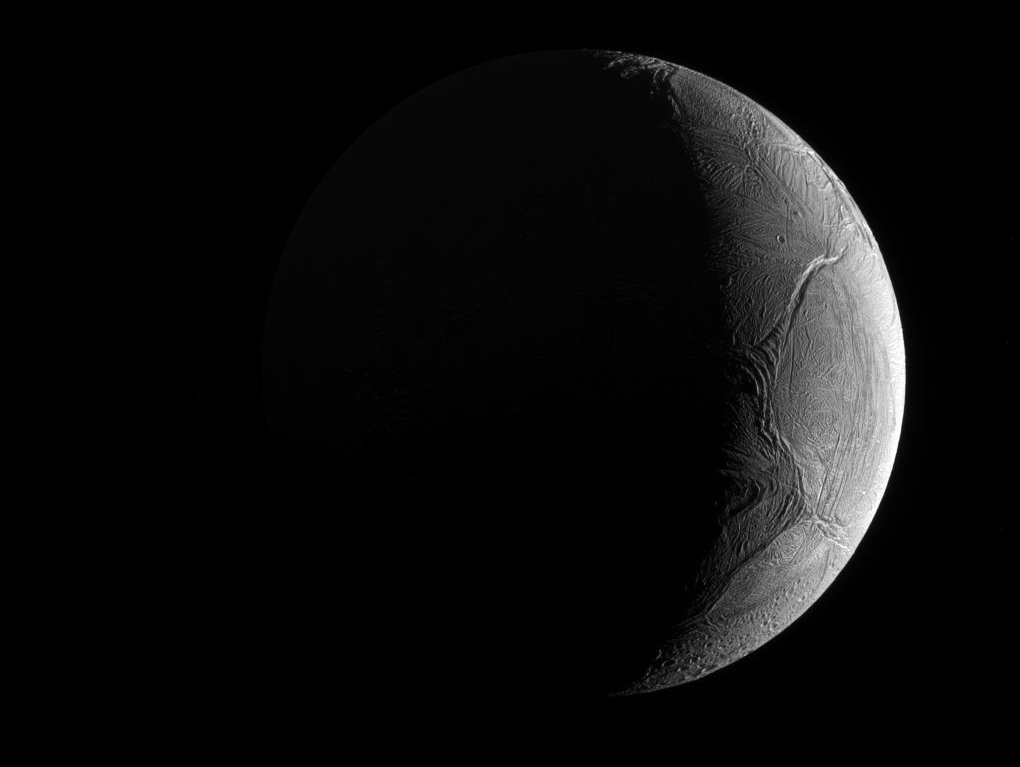안녕하세요, 잡학다식 입니다. 오늘은 과연 나사에서 어떤 방식으로 우주의 형상을 표현해 줄까요?
우선 이미지부터 볼 수 있도록 하겠습니다
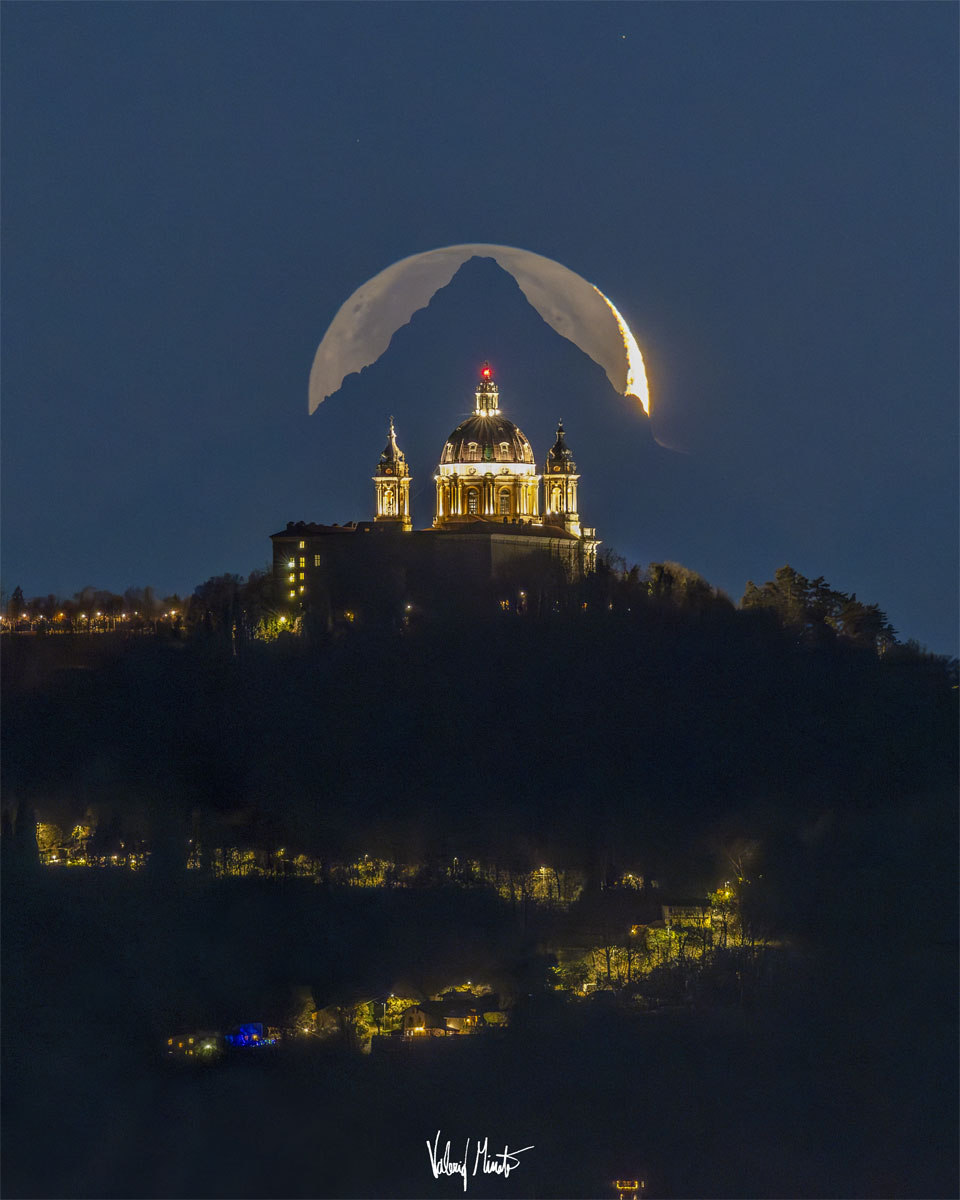
해당 사진의 이름은 Cathedral, Mountain, Moon 인데요 우선 NASA에서 공식적으로 발표한 설명들을 확인해 보겠습니다
Single shots like this require planning. The first step is to realize that such an amazing triple-alignment actually takes place. The second step is to find the best location to photograph it. But it was the third step: being there at exactly the right time -- and when the sky was clear -- that was the hardest. Five times over six years the photographer tried and found bad weather. Finally, just ten days ago, the weather was perfect, and a photographic dream was realized. Taken in Piemonte, Italy, the cathedral in the foreground is the Basilica of Superga, the mountain in the middle is Monviso, and, well, you know which moon is in the background. Here, even though the setting Moon was captured in a crescent phase, the exposure was long enough for doubly reflected Earthlight, called the da Vinci glow, to illuminate the entire top of the Moon. Your Sky Surprise: What picture did APOD feature on your birthday? (post 1995)
이번에도 광활한 우주 앞에 인간이 얼마나 작은 존재인지 다시 한번 알게 되는것 같습니다
저는 내일도 더 좋은 사진과 함께 돌아오겠습니다, 그럼 행목한 하루 되시길 바랍니다
'과학상식' 카테고리의 다른 글
| NASA 나사의 오늘의 이미지들 (2023-12-27) (0) | 2023.12.28 |
|---|---|
| NASA 나사의 오늘의 이미지들 (2023-12-26) (0) | 2023.12.27 |
| NASA 나사의 오늘의 이미지들 (2023-12-24) (0) | 2023.12.25 |
| NASA 나사의 오늘의 이미지들 (2023-12-23) (0) | 2023.12.24 |
| NASA 나사의 오늘의 이미지들 (2023-12-22) (0) | 2023.12.23 |
